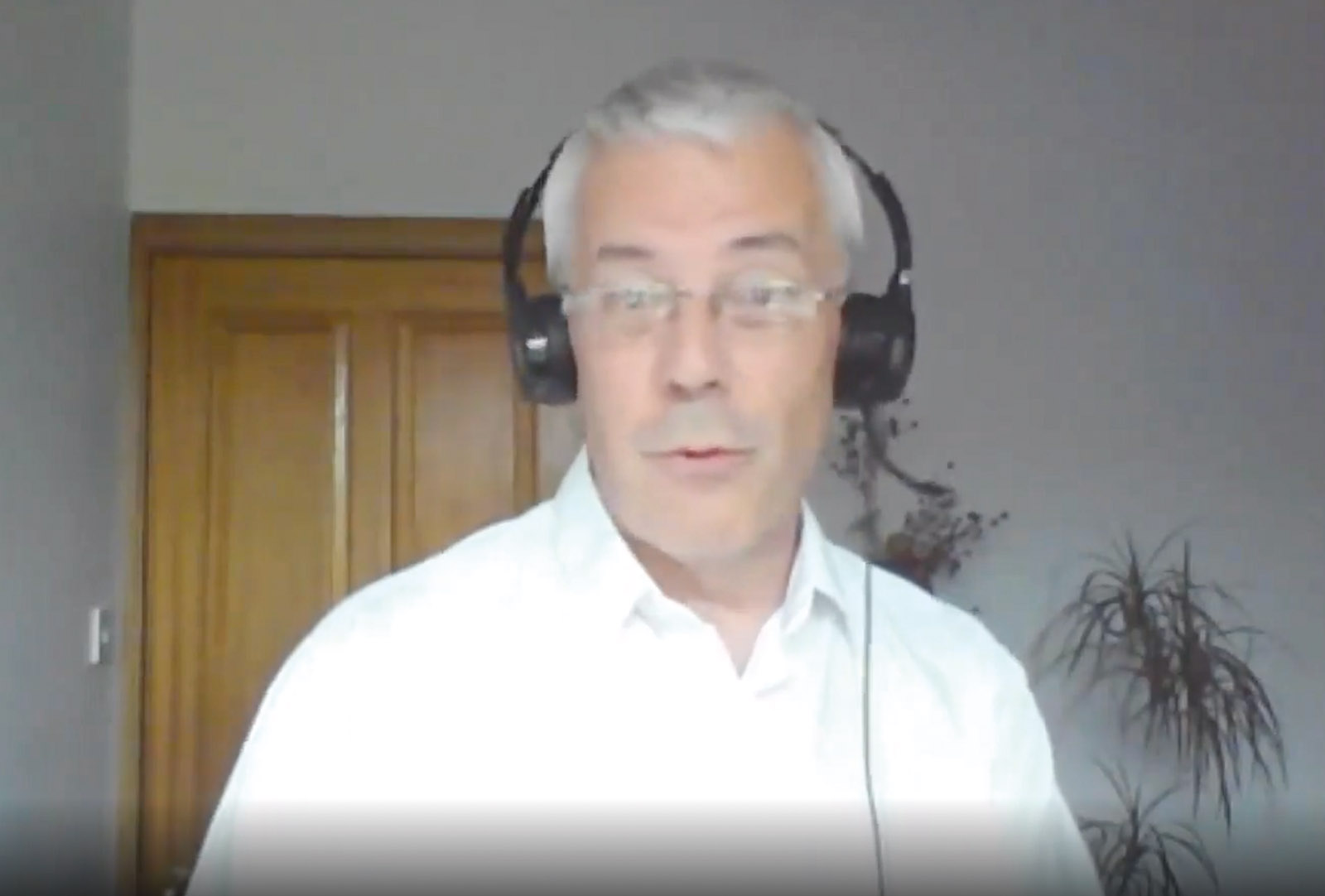CDO’s time in job ‘should be limited’
Appointment must also be subject to consultation, says profession
The post of Chief Dental Officer in Scotland should be for a fixed-term and the profession should be consulted on the appointment, according to motions passed at the annual conference of Scottish Local Dental Committees (LDCs).
“A set term of office would … show a conscious effort to avoid stagnation of ideas and concepts,” said Donald Morrison, of Ayrshire & Arran LDC.
In proposing the motion, he said: “Dentistry done well should be a dynamic, evolving, forward looking discipline and rotation of this role could be a better reflection of this. Better succession planning would help moderate direction of policy, reintroducing some checks and balances that will help the profession gain and retain confidence in the office, avoiding the compounding and proliferation of entrenched views.”
It has become apparent the CDO does not understand how general dental practices operate
The conference also heard from Arabella Yelland, also of Ayrshire & Arran, whose motion said the profession should have input into the selection of any future chief dental officer. “In the last year, it has become increasingly apparent that the CDO does not understand how general dental practices operate,” she said. “Past and current CDOs have come from the realm of public health.
“While an overall understanding of public health is clearly important to the role, the vast majority of dental treatment carried out in Scotland is in general dental practices by general dental practitioners. We should have an input into who guides the profession in Scotland. As a profession we should be confident the CDO can understand us and represent the profession to the Government.”
The calls for the CDO’s appointment to be subject to consultation and for a fixed term came in the run-up to the conference’s webinar, Scottish Dentistry – where next?, at which the current CDO, Tom Ferris (pictured), spoke. He faced questions from delegates over the level and quality of communication with the profession during the pandemic. Ferris responded by saying: “Before the pandemic, CDO letters were relatively rare. We almost only communicated with GDPs through PCAs, which are quite technical and may not always have been widely read.
“So going forward, the CDO letter can be used more frequently to help signal changes that are coming, for example the manifesto commitment [by the SNP to scrap the patient charge].” Ferris said that the webinar itself, and others he had spoken at this year, was a format that could be used more extensively, adding “harnessing the power of digital, the simplicity of a CDO letter, and the detail of a PCA.”
Ferris also acknowledged the way in which the profession learned of important developments, for example via a TV news report, was not always as it should have been. “We learned from that, too,” he said.


Comments are closed here.